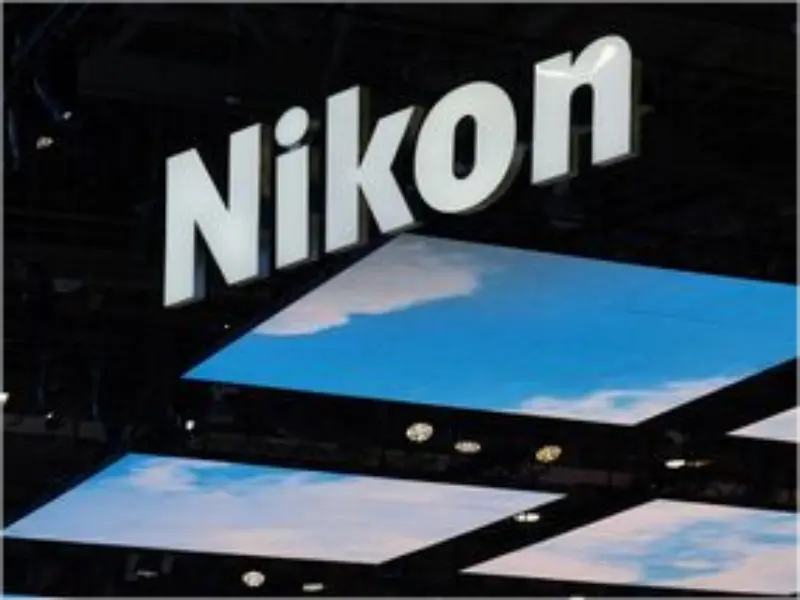- Nikon saw strong demand for older chipmaking equipment in China as the country pushes to boost its semiconductor capabilities.
- Amid export restrictions on advanced technology, Nikon upgraded older equipment to take advantage of new business opportunities in China.
OUR TAKE
Nikon is capitalising on a surge in demand for its legacy lithography machines in China, driven by the country’s initiative to build an independent semiconductor supply chain. As US and allied restrictions limit access to the latest chip-making technologies, Chinese manufacturers are turning to Nikon’s older equipment, which is still suitable for certain manufacturing needs. Nikon is actively upgrading these machines to meet the growing demand. President Muneaki Tokunari reports an influx of inquiries for these updated models, signalling a broader shift in Nikon’s market reach from traditional customers such as Intel to a diverse range of companies in China, Taiwan and Japan.
—Heidi Luo, BTW reporter
What happened
Nikon is seeing a surge in demand for its older lithography machines in China as the country increases its efforts to develop an independent semiconductor supply chain. This increase in demand is particularly focused on Nikon’s NSR-2205iL1 machine, which is designed for manufacturing processes used in older chip technologies.
Demand for these legacy machines has increased due to restrictions imposed by the US and its allies on the export of the most advanced chipmaking equipment. These restrictions have prompted Chinese companies to seek alternative sources for the technology they need, including turning to older models that are still capable of meeting their manufacturing needs.
In response to growing demand, Nikon is strategically upgrading its older technology to serve China’s burgeoning semiconductor industry. “Our older machines are being used to produce legacy chips, and we are receiving a remarkable number of inquiries for our newly upgraded models,” said Tokunari, who’s also chief operating officer and chief financial officer.
Also read: Japan approves additional US$3.9 billion in subsidies for semiconductor firm Rapidus
Also read: ASML Q2 results show massive new orders for chips
Why it’s important
Nikon is experiencing a shift in its customer base. “We used to rely on Intel for the majority of our semiconductor-related sales, but now we see a wide range of companies in China, Taiwan and Japan contributing to our sales,” said Tokunari.
In addition, Nikon is strengthening its production capabilities to keep pace with the rapid developments in China’s manufacturing sector. “I wouldn’t be surprised if China are able to do quite a bit in five to ten years,” he said.
Nikon has set clear targets for its precision equipment segment, including lithography tools, aiming to increase operating profit by 66% to $160 million by March 2026. In addition, Nikon is exploring new opportunities in the US defence and space industries with its metal 3D printers, according to Tokunari. With this strategic expansion, Nikon also expects to sell more than 10 units of its lithography machines annually.

